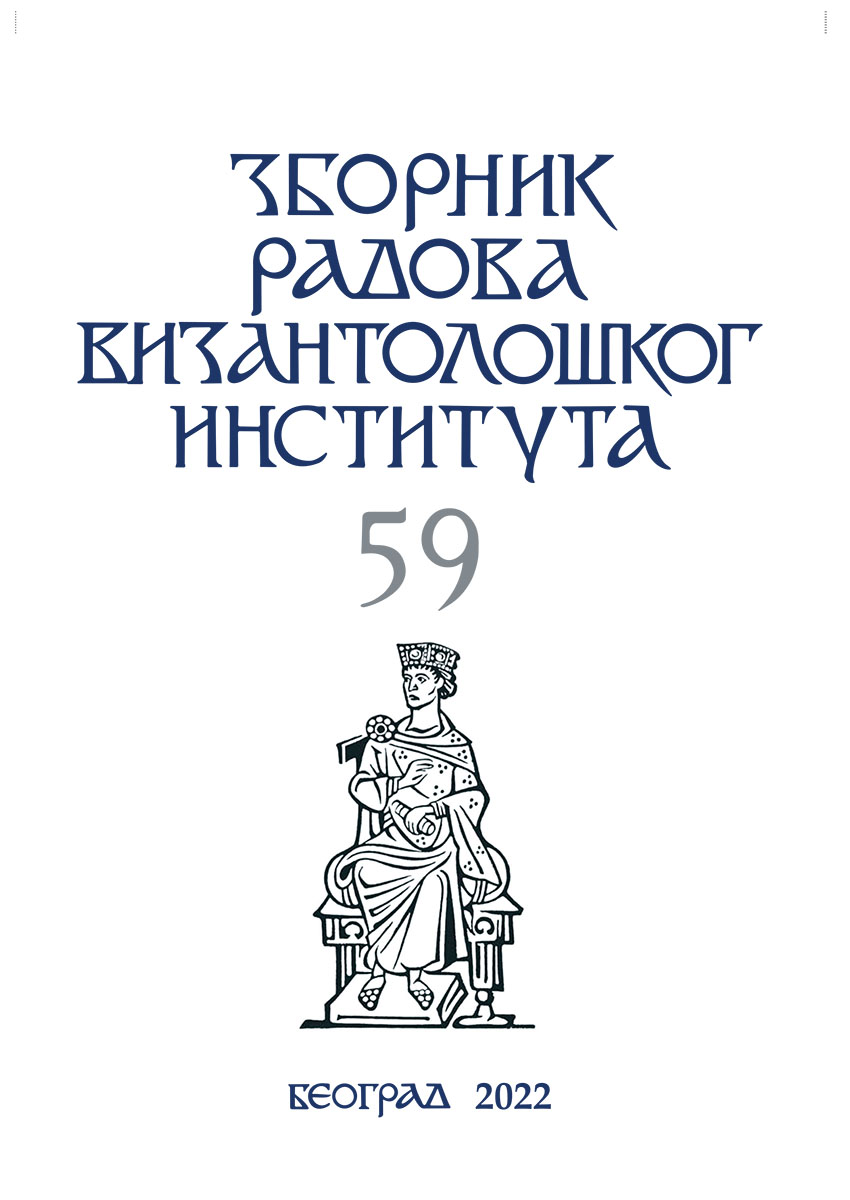КВЕСТОР – КВЕЗИТОР – КЈЕСТОР
QUAESTOR (ΚΥΑΙΣΤΩΡ) – QUAESITOR-ΟΣ – ΚΟΙΑΙΣΤΩΡ
Author(s): Tamara IlićSubject(s): History, Law, Constitution, Jurisprudence, History of Law
Published by: Vizantološki institut SANU
Keywords: quaestor; quaesitor; inheritance law; Middle Byzantine administration; Middle Byzantine judicial system
Summary/Abstract: The paper offers an analysis of the office based on different types of sources. The first stage in the shaping of the imperial quaestorate was the creation of the function of quaestor sacri palatii and its subsequent use in the Dominate period. In the legislation issued by Emperor Justinian I, the quaestor became the quaesitor (quaesitorος) and acquired new roles. Later legislators did not distinguish between the quaestor and the quaesitor and hence describe a hybrid institution rooted in both Roman and Justinian’s laws. The legal sources, particularly the surviving documentary and sigillographic material, leave plenty of room for an analysis of the duties performed by the quaestor, most commonly referred to in post- -tenth century sources as the κοιαίστωρ. In line with this explanation, after an overview of the relevant sources and the existing literature on the subject, the paper describes the first stage in the shaping of this office (I); offers a scholarly exploration of the laws promulgated by Justinian I (II); analyzes the office of the quaestor/quaesitor in the most under-researched periods in the evolution of this function, the Middle and Late Byzantine periods (III and IV); finally, the last chapter (V) brings a list of the known holders of the quaestor/quaesitor office (and dignity) starting from the 7th century, which is included as an appendix.
Journal: Зборник радова Византолошког института
- Issue Year: 2022
- Issue No: 59
- Page Range: 89-132
- Page Count: 44
- Language: Serbian

